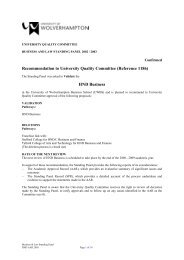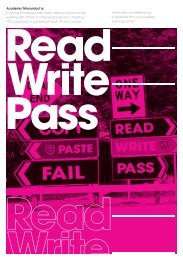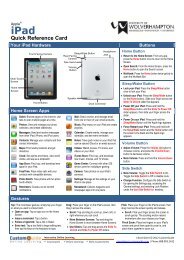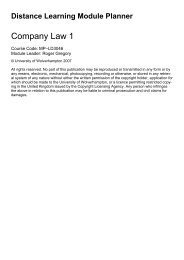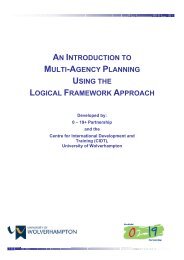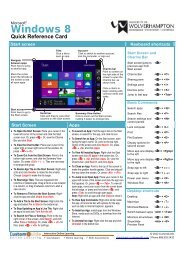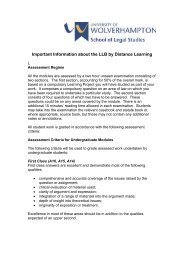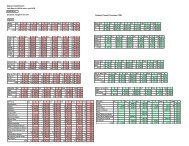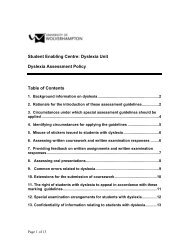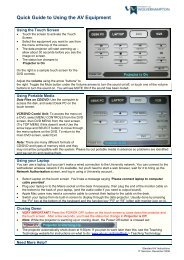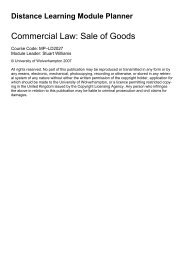This activity can be found in Pretty et al, (1995) - University of ...
This activity can be found in Pretty et al, (1995) - University of ...
This activity can be found in Pretty et al, (1995) - University of ...
- No tags were found...
Create successful ePaper yourself
Turn your PDF publications into a flip-book with our unique Google optimized e-Paper software.
06 MTF1What is the role <strong>of</strong> content <strong>in</strong> facilitative and directive approaches totra<strong>in</strong><strong>in</strong>g?ObjectiveTo enable participants to explore the difference <strong>be</strong>tween content and process <strong>in</strong> tra<strong>in</strong><strong>in</strong>gand facilitation.Time30 m<strong>in</strong>utesMateri<strong>al</strong>sContent/Process diagram drawn on flipchart paper; Mt 06 MTF1.1– Strips for cont<strong>in</strong>uumTask & OrganisationInput for task: participants’ own perceptions, facilitator’s <strong>in</strong>put1.1 (10 m<strong>in</strong>utes – plenary) First elicit from participants the difference <strong>be</strong>tween contentand process. Then ask participants to look at and try to <strong>in</strong>terpr<strong>et</strong> the diagrams<strong>found</strong> on the next page (make a chart). Po<strong>in</strong>t out to participants that <strong>in</strong> both modelsit is the process that makes the content useful and mean<strong>in</strong>gful to the person.Refer back to the Directive–Facilitative cont<strong>in</strong>uum <strong>in</strong> Session 03 UF2. Po<strong>in</strong>t out toparticipants that at the Directive extreme, the tra<strong>in</strong>er is the ma<strong>in</strong> source <strong>of</strong> content,whereas at the Facilitation extreme most <strong>of</strong> the content comes from theparticipants. It is important for facilitators to <strong>be</strong> able to identify the ma<strong>in</strong> source <strong>of</strong>content or <strong>in</strong>put <strong>in</strong> any task given, and design an appropriate process.1.2 (10 m<strong>in</strong>utes – groups) Ask participants to draw a cont<strong>in</strong>uum on a piece <strong>of</strong> flipchartpaper. Give participants the slips from Mt 06 MTF1.1 with the SBRT activities onthem and ask them to stick them above the cont<strong>in</strong>uum l<strong>in</strong>e accord<strong>in</strong>g to howfacilitative or directive the approach/process will <strong>be</strong>. In do<strong>in</strong>g so, they shouldconsider both the nature <strong>of</strong> the content, and the b<strong>al</strong>ance <strong>be</strong>tween tra<strong>in</strong>er/facilitatorand participants as potenti<strong>al</strong> sources <strong>of</strong> that content.OutputA range <strong>of</strong> activities related to those <strong>of</strong> an SBRT placed on the Directive/Facilitativecont<strong>in</strong>uum.Feedback(10 m<strong>in</strong>utes – w<strong>al</strong>karound display) Groups display their cont<strong>in</strong>uum charts and w<strong>al</strong>karound look<strong>in</strong>g at each other’s. Ask them to note any issues raised and they will <strong>be</strong>de<strong>al</strong>t with <strong>in</strong> the next session.61 Jamaica All Age Schools Project: Facilitator Tra<strong>in</strong><strong>in</strong>g for School Based Resource Teachers



